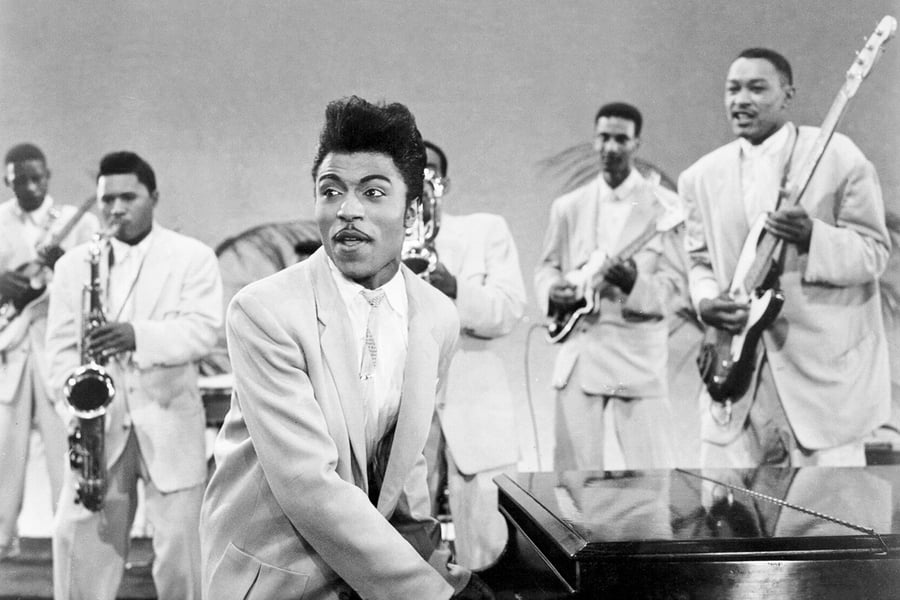Little Richard: 20 Essential Songs
“Tutti-Frutti,” “Long Tall Sally” and other game-changing tracks from rock and R&B pioneer

Revisit 20 key tracks from groundbreaking rock and R&B icon Little Richard.
Michael Ochs Archives/Getty
What is there left to say about Little Richard that he hasn’t already said better himself? “I am the innovator! I am the originator! I am the emancipator! I am the architect! I’m rock & roll!” he once exclaimed to an interviewer, before adding, “Now I am not saying that to be vain or conceited.”
No, Little Richard – born Richard Penniman in Macon, Georgia, in 1932 – was just being honest. His influence is incalculable. The Beatles learned their ecstatic falsetto shouts from him; James Brown said he was “the first to put the funk in rhythm.” In his yearbook, Bob Dylan listed that his ambition was “to join Little Richard,” and nine-year-old David Bowie bought a saxophone hoping to do that as well. Bowie’s glam period, the prancing and strutting of Mick Jagger, the psychosexual convolutions of Prince – all are hard to imagine without Richard’s androgynous flamboyance leading the way.
Little Richard was the freakiest of all the great rock & rollers – his sexual expressiveness was untempered by Elvis Presley’s down-home charm, Chuck Berry’s sly wit, Jerry Lee Lewis’s wolfish malevolence, Buddy Holly’s pop sensibility or Fats Domino’s avuncular geniality. Richard’s feral woo conflated the spiritual and the orgasmic in a way that changed the way musicians communicated desire forever. As Jimi Hendrix put it, ‘I want to do with my guitar what Little Richard does with his voice.”

























































